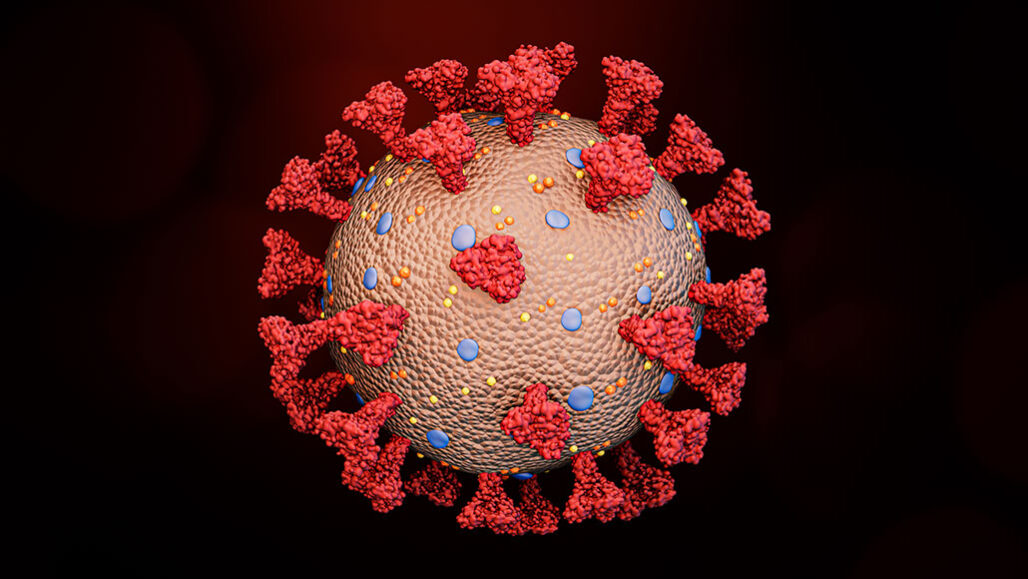3-D: Short for three-dimensional. This term is an adjective for something that has features that can be described in three dimensions — height, width and length.
cell: The smallest structural and functional unit of an organism. Typically too small to see with the unaided eye, it consists of a watery fluid surrounded by a membrane or wall. Depending on their size, animals are made of anywhere from thousands to trillions of cells. Most organisms, such as yeasts, molds, bacteria and some algae, are composed of only one cell.
coronavirus: A family of viruses named for the crown-like spikes on their surface (corona means “crown” in Latin). Coronaviruses cause the common cold. The family also includes viruses that cause far more serious infections, including SARS.
COVID-19: A name given the coronavirus that caused a massive outbreak of potentially lethal disease, beginning in December 2019. Symptoms included pneumonia, fever, headaches and trouble breathing.
germ: Any one-celled microorganism, such as a bacterium or fungal species, or a virus particle. Some germs cause disease. Others can promote the health of more complex organisms, including birds and mammals. The health effects of most germs, however, remain unknown.
host: (in biology and medicine) The organism (or environment) in which some other thing resides. Humans may be a temporary host for food-poisoning germs or other infective agents. (v.) The act of providing a home or environment for something.
infect: To spread a disease from one organism to another. This usually involves introducing some sort of disease-causing germ to an individual.
MERS: Short for Middle East respiratory syndrome. Caused by a coronavirus, this extremely infectious disease can produce fever, cough and shortness of breath. About 3 or 4 in every 10 infected patients may die. The first known outbreak occurred in 2012, when it killed some 800 people. Camels (the one-humped type) may have first introduced the disease to people.
novel: Something that is clever or unusual and new, as in never seen before.
pandemic: An epidemic that affects a large proportion of the population across a country or the world.
protein: A compound made from one or more long chains of amino acids. Proteins are an essential part of all living organisms. They form the basis of living cells, muscle and tissues; they also do the work inside of cells. Among the better-known, stand-alone proteins are the hemoglobin (in blood) and the antibodies (also in blood) that attempt to fight infections. Medicines frequently work by latching onto proteins.
Severe Acute Respiratory Syndrome or SARS: An infectious disease that emerged in 2002 and quickly spread to infect more than 8,000 people, killing nearly 800 of them.
virus: Tiny infectious particles consisting of RNA or DNA surrounded by protein. Viruses can reproduce only by injecting their genetic material into the cells of living creatures. Although scientists frequently refer to viruses as live or dead, in fact no virus is truly alive. It doesn’t eat like animals do, or make its own food the way plants do. It must hijack the cellular machinery of a living cell in order to survive.








